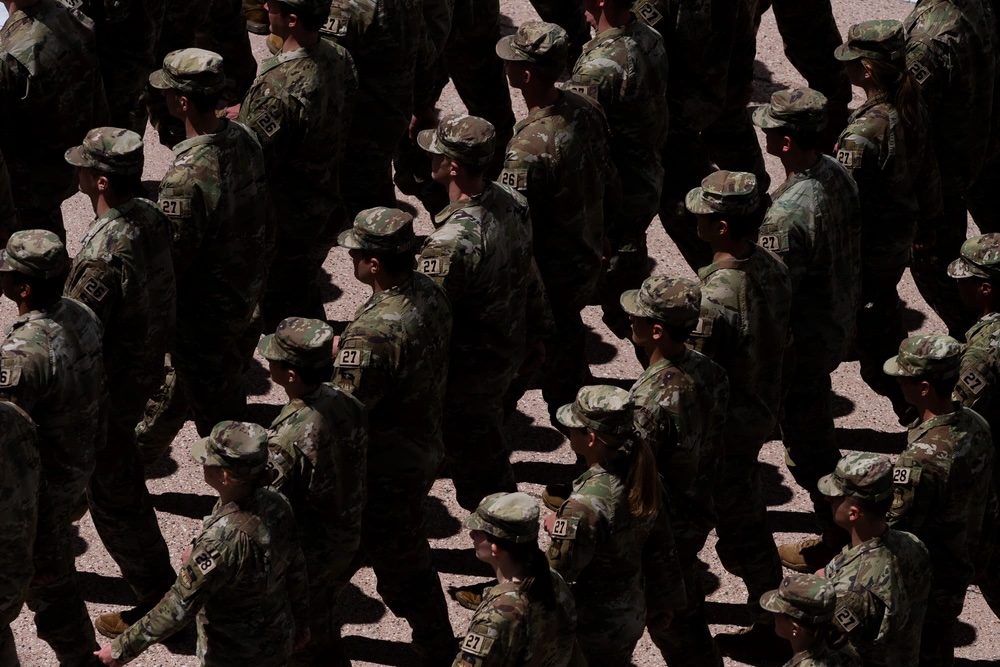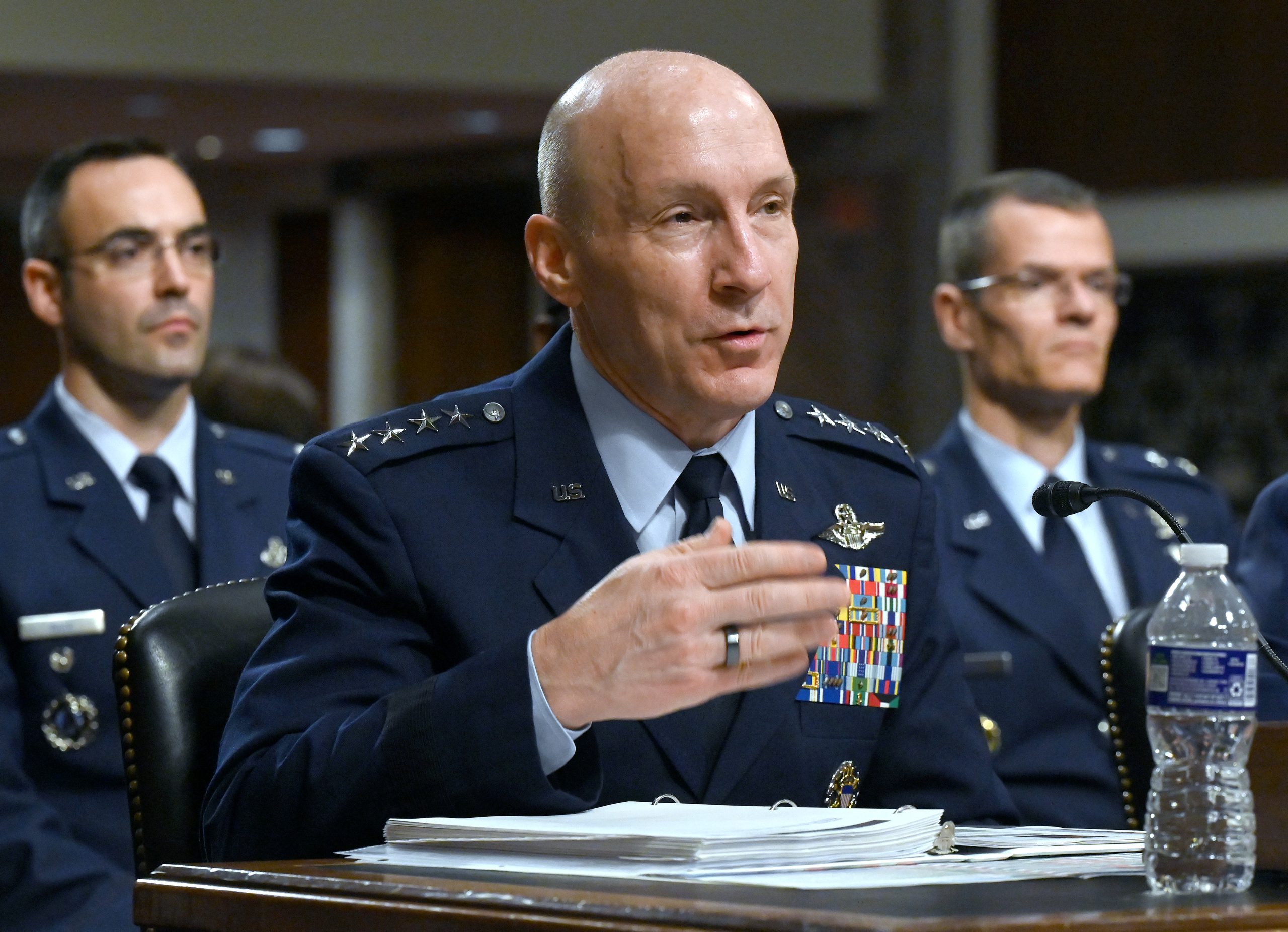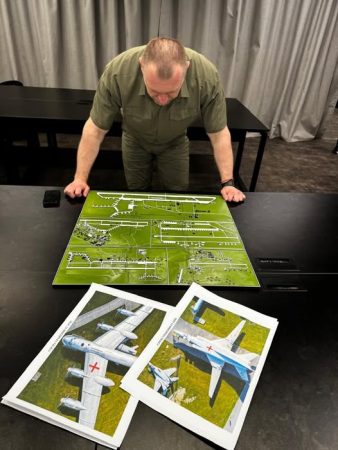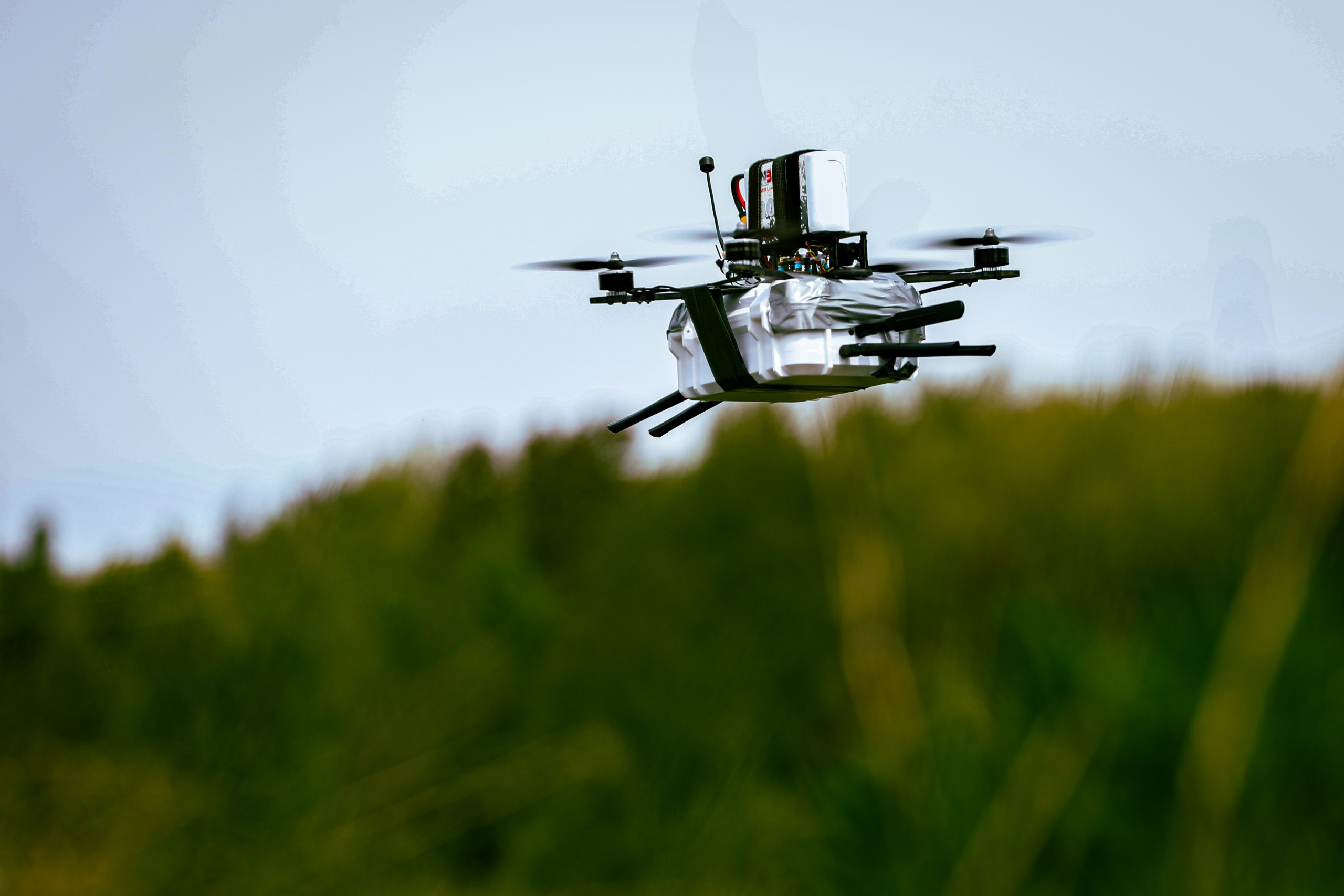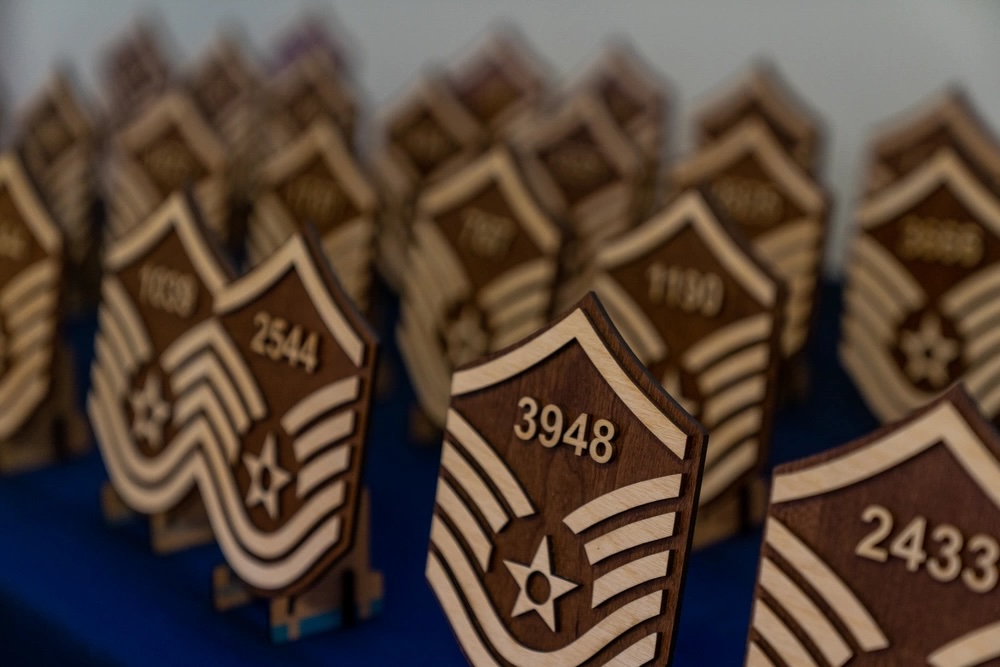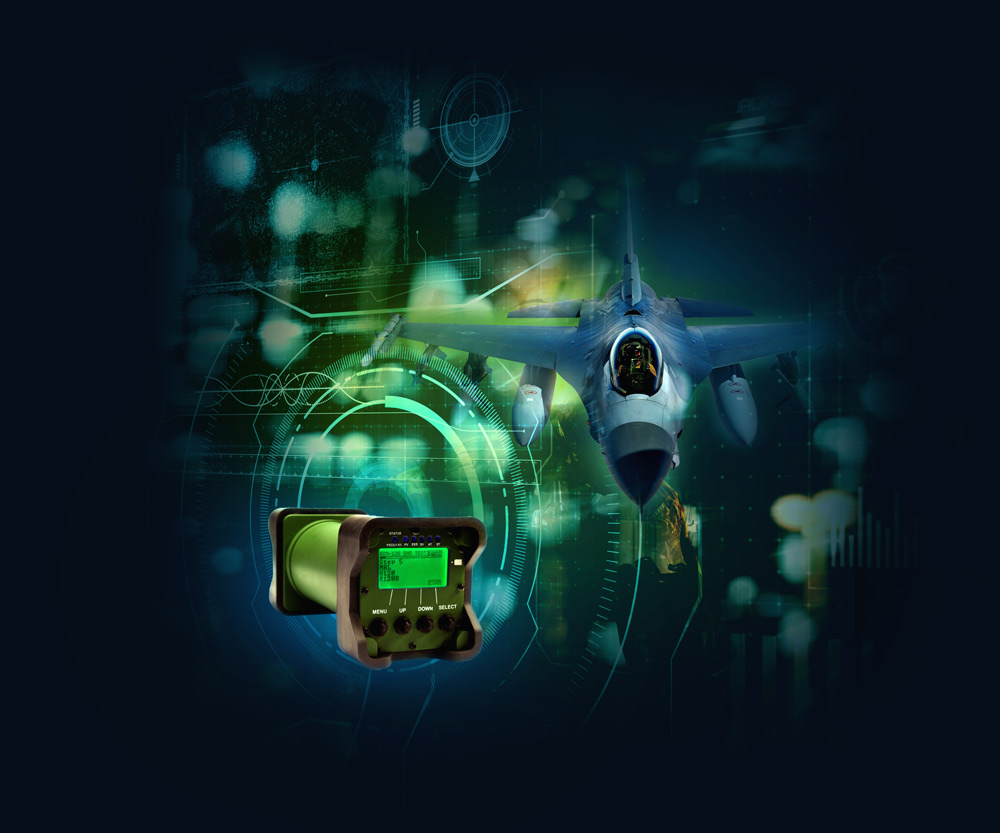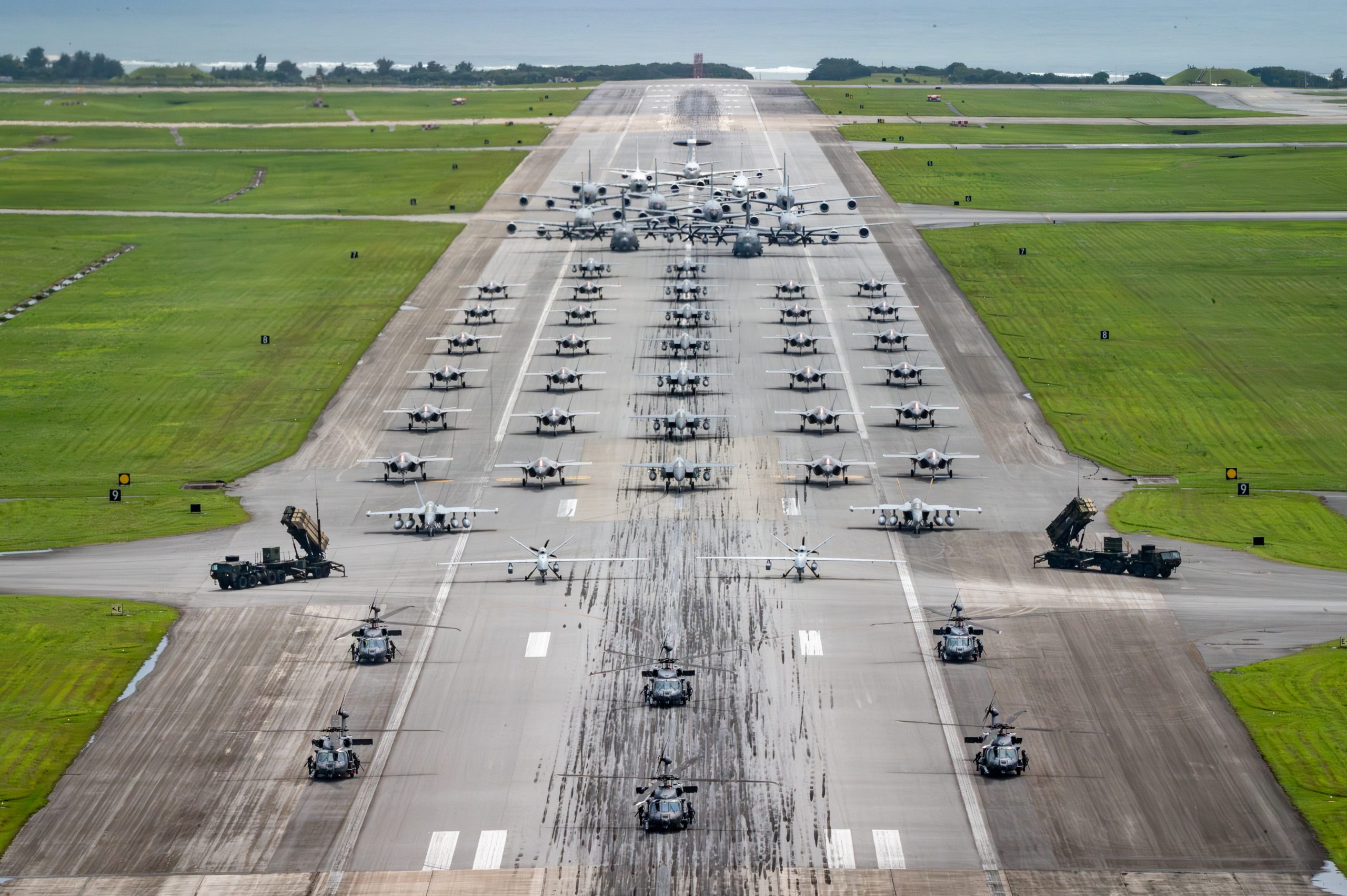Active-duty transgender troops have until June 6 to identify themselves and begin the voluntary separation process or wait and risk involuntary separation later—even as questions linger over how that decision might affect their security clearances for future employment.
The Pentagon announced the June 6 deadline on May 15. National Guard and Reserve members have until July 7. A senior defense official said at the time that the military departments must begin the separation process within 30 days after members identify themselves as transgender.
It is unclear how many people may be affected by the order. In February, a senior defense official said there were 4,240 members serving who had been diagnosed with gender dysphoria, and about 1,000 members had received gender-transition surgery since 2014. But how many of those are still serving is not known. Not all transgender troops are diagnosed with gender dysphoria, and only some who are choose to undergo surgery.
“I think everyone is trying to make the decision that they think is best for them and their situation, and they’re doing so in an extreme absence of information,” said Col. Bree Fram, a transgender Guardian who noted she was sharing her personal views and not speaking on behalf of the Space Force or the government.
Those who voluntarily self-identify are promised “a very significant voluntary separation pay, a covered permanent change of station move to their home of record” and an honorable discharge if there is no misconduct prompting the separation, the defense official said. Other resources, including financial counseling, temporary healthcare coverage, employment assistance, and the Transition Assistance Program, will remain available.
But the process of ousting transgender troops may make it more difficult to land a job once out of uniform. The Pentagon will yank their access to SkillBridge, a program that funds internships, apprenticeships, and training in civilian organizations for Active troops for up to 180 days of service. When asked why, a separate defense official cited a May 15 memo, which specifically excluded SkillBridge because it “is a discretionary program,” meaning it is not required by law.
The senior defense official said troops who separate voluntarily will receive double the payment compared to those who separate involuntarily. For example, an E-5 with 10 years of service would receive about $101,000 for a voluntary separation compared to $51,000 in involuntary separation pay; an O-3 with seven years would receive about $125,000 in voluntary separation pay, but only about $62,000 if separated involuntarily.
The memo states that the military branches will check that troops who ask to leave under the policy have a current diagnosis of gender dysphoria or a history of that diagnosis, or exhibit symptoms consistent with gender dysphoria.
For members who do not self-identify, however, the memo states that “the primary method of identifying … [affected service members] who are no longer eligible for military service will be through compliance with the Individual Medical Readiness (IMR) program.”
The assessment of medical readiness will be conducted through the DoD Periodic Health Assessment, which will include questions about whether service members have a current diagnosis of gender dysphoria or a history of that diagnosis, or exhibit symptoms consistent with gender dysphoria.
Gender dysphoria refers to the sometimes severe stress or anxiety people can feel if their gender identity does not match their sex at birth. It can be treated through behavioral changes, such as dress and mannerisms, or through medical interventions, such as hormone replacement therapy or gender-transition surgery.
Defense Secretary Pete Hegseth contends that a history of gender dysphoria or transition treatment is incompatible with military service. Transgender troops have served openly since 2016. President Donald Trump moved to bar transgender troops during the Republican’s first term, though troops serving at the time were grandfathered in. President Joe Biden, a Democrat, lifted the ban on transgender recruits entering service when he took office in 2021.
Active-duty troops may apply for a waiver by June 6; Reservists and Guardsmen have until July 7. A person diagnosed with gender dysphoria who managed to serve without clinically significant distress and without attempting to transition could theoretically receive a waiver, but anyone who has attempted to transition is ineligible.
The Air Force implementation plan includes one major difference from the DOD memo: It allows volunteers with 15 to 18 years of service to apply to retire early under the temporary early retirement authority. The Defense Department policy had limited that option to troops with more than 18 but less than 20 years of service to apply for TERA.
Questions Remain
Though the memos give transgender troops a deadline to self-identify, the services have not released in-depth policies on what the process looks like for involuntary separations.
“There is still the unknown of ‘what does it mean to be involuntarily separated?’” Fram said.
The Defense Department said in February that “all service members affected by the policy will be separated with an honorable characterization of service, except where their record otherwise warrants a lower characterization.”
But troops who are involuntarily separated may not receive “certain benefits” available to those who separate voluntarily, the senior defense official said in May. They also may have to pay back bonus or incentive payments for which the required obligation has not been met.
Another complicating factor is the three-letter code listed on troops’ DD-214 discharge papers that signifies the reason for discharge.
Pentagon guidance said the code for enlisted troops separated under the policy will be “JFF,” meaning the discharge was directed by the defense secretary’s authority. But officers “will be processed for separation on the basis that their continued service is not clearly consistent with the interests of national security using the JDK separation program designator code,” the guidance said.
A JDK code would indicate the service member could not be trusted with national security matters, which presumably would make it difficult to retain or obtain a security clearance, said retired Air Force Col. Joshua Kastenberg, a former Air Force judge now teaching law at the University of New Mexico.
“If someone wants to go into classified work, it’s huge,” he said. “Keep in mind that people who leave the military honorably, some of them want to find jobs with contractors that require a clearance because they pay well and it gives them an opportunity to serve national defense without having to put on a uniform. That door may be shut to them as a result of this.”
Asked about the JDK code, a Defense Department official said “the separation code alone does not infer a revocation of a security clearance.” The official could not answer in time whether the JDK code would apply to all officers who are separated under the policy, or just those separated involuntarily.
Transgender troops must now comply with the dress, grooming, and fitness standards of their birth sex, which might not be possible for some service members at this point in their transition. Especially in question is the status of those transgender members whose gender data was changed in military personnel systems. Fram said she has heard anecdotally that some transgender members have been placed on administrative leave since they would not be able to adhere to the standards of their birth sex.
The unknowns mean some transgender service members are taking the voluntary separation option “as the best of bad choices,” Fram said. “But to be clear, it is not voluntary. These people would be continuing to serve if the circumstances were different. They are avoiding the threat of further unknown consequences.”
Two lawsuits challenging the policy change are still being litigated, but the Supreme Court last month overturned an injunction that would have kept transgender troops in uniform until the cases were settled. That process could take years, and Kastenberg doubts it will end favorably for plaintiffs, since there is no statute barring the military from discriminating based on gender identity.
The Pentagon memo directs commanders aware of troops with a diagnosis, a history of, or symptoms consistent with gender dysphoria to refer them to the medical review process. Fram worried that policy could be used against troops “just outside what people expect, particularly in women who may be more masculine than what others expect,” and Kastenberg shared her concern.
When asked if there would be safeguards to prevent misuse of the policy, the senior defense official told reporters in May that the military “has long granted broad discretion and authority to commanders . . . and so, this policy, like many others, will rely on their qualifications, discernment and judgment in how to interpret and apply the guidance.”
